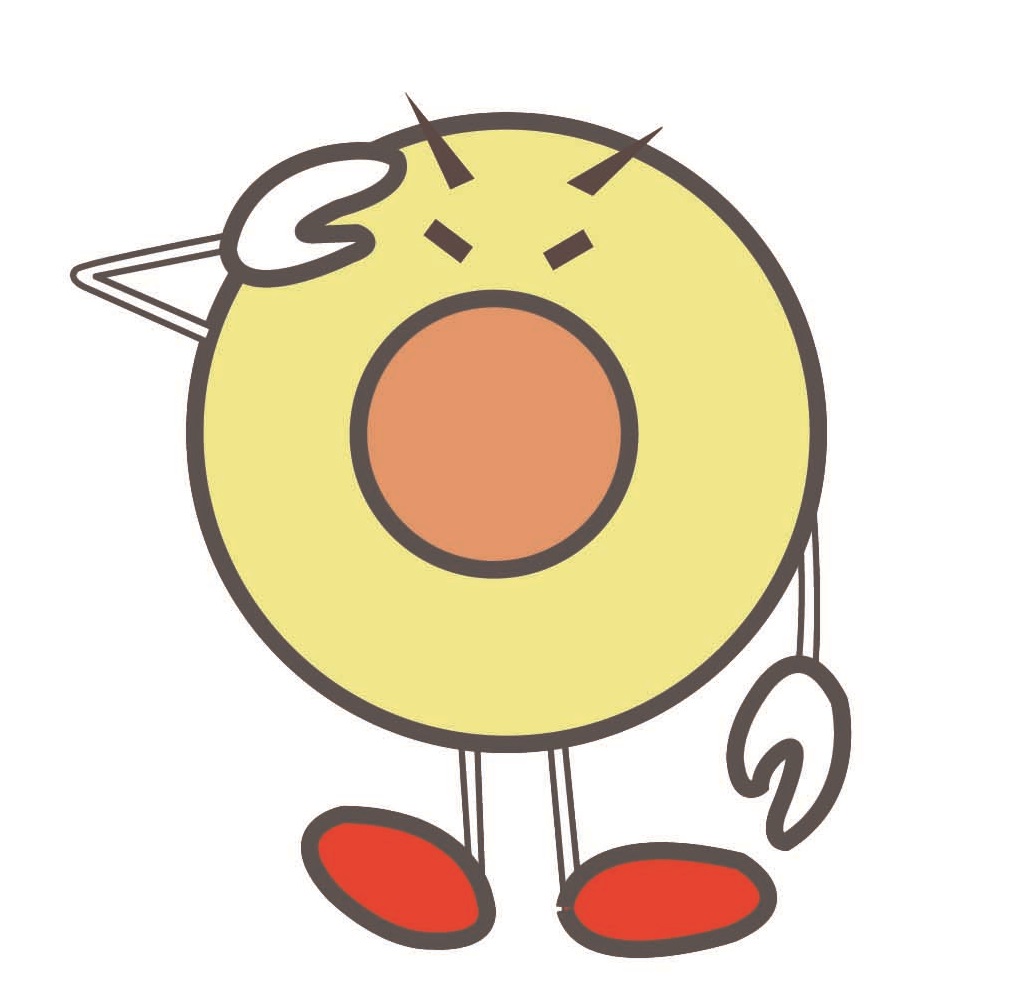Category: used construction machines、 Recycling Equipment、 excavator、 GRINDER、 screen、 aerial platform、 demolition、 auction、 dozer、 crusher、 forestry
Chukyo Juki Official Blog
2021 07.27
Category: used construction machines、 Recycling Equipment、 excavator、 GRINDER、 screen、 aerial platform、 demolition、 auction、 dozer、 crusher、 forestry
This article was created using machine translation to speed up the delivery of information to our customers.
.jpg?width=640&name=%E6%8C%AF%E5%8B%95%E9%99%A4%E5%8E%BB%20(8).jpg)
Now, let's talk about how to reduce the maintenance cost of self-propelled wood crushers.
First, let's talk about the crusher, which is the most prone to wear and tear, as I have explained in detail before.
In fact, hammer bits are expensive, and it is ideal to use genuine parts whose crushing efficiency is promised in the processing capacity calculation sheet, etc. However, it is also true that there are imitation parts available at reasonable prices.
Since they look exactly the same, why not try various ones?
Also, cutting cutters now seem to be divided into two types: disposable cutters that are inexpensive per piece and expensive resharpening cutters.
The high-hardness cutting cutters supplied for the Morooka MC series are made by Kanefusa, a leading manufacturer of industrial blades in Japan. They can withstand about 8 to 10 times of regrinding.
In any case, you have to consider the number of cutting blades and maintainability of the wood crusher you are going to adopt and what kind of cycle you are going to use for spare blades.
For parts that cannot be replaced easily, such as the crushing rotor, it is effective to reinforce the parts that are prone to wear by welding flat bar steel in advance.
After reinforcing, it is recommended to balance the crushing rotor. This is the same principle as balancing tires on a car, and balancing reduces vibration during crushing and prevents cracks in the frame. I am sure it will also improve fuel efficiency.
nakmuraDSCF4652.jpgnakmuraDSCF4654.jpgnakmuraDSCF4657.jpgnakmuraDSCF4664.jpg
Reinforced the back of the bit carrier, the protection plate and even the rotor sides. While I was at it, I re-made the protective cover.
It is a good idea to grease the bearings holding the crushing rotor frequently.
The crushing rotor of a wood crusher is characterized by high speed rotation. They probably get quite hot...
If the rolling element flakes, it will make a "go" sound and start to rattle.
If the rolling element is flaking, it will make a rattling sound and if it is galling, it will make a rattling sound.
It is necessary to replace the bearings, but it is better to use genuine ones for this part even if you match the standard dimensions in a general-purpose bearing catalog.
The heat treatment temperature of the bearing is probably different from that of a general-purpose bearing. It will be ruined soon.
Some users have adopted a method of reducing costs by making their own screens and other components.
In the case of Japanese wood crushers, the thickness of the steel plate used is about 9mm, so it is relatively easy to make your own screen by bending the steel plate and making holes in it.
In this case, the advantage is that the diameter of the holes can be freely set according to the size of chips to be removed.
(It seems that it is difficult to make your own screen for foreign-made wood crushers because the steel plate of the screen is too thick.
A regular steel plate of about 9 to 11 mm thick can be cut with a laser cutting machine.
The accuracy is high, so you can use it as a part as it is.
Take the measurements of the parts you want to make and consult with a processing shop that specializes in can manufacturing. You may be able to reduce the procurement cost considerably.
For example, there have been cases where the crushing drum bearings have rattled but were left unattended, resulting in the breakage of the coupling that transmits power from the hydraulic motor to the crushing drum and the chain of the universal joint, causing the drum to turn by itself when it would normally stop.
If an adjustable bearing is used for the crushing drum bearing, if the adjustment is forgotten or the bearing wears out and rattles, the bearing may move to one side and wear down against the wall of the crushing chamber.
In addition, the liner of the guide roller that holds the rotation of the hopper is worn out, causing it to rattle, and if the rattle gets worse, the hopper starts to ripple vertically.
This can cause the hopper drive chain to break, or in severe cases, the hopper to sink into the base.
Replacing worn out parts is costly. However, even if you feel the signs of malfunction from the difference in sound or vibration, sparing yourself the cost of replacing the worn parts may result in serious damage to the heavy equipment itself, resulting in even greater costs.
To avoid such a situation, it is important to perform daily maintenance and replace parts as needed.
Since we deal with many self-propelled wood crushers and other heavy machinery in terms of sales, repair and maintenance, we know both "wood crushers in good condition" and "wood crushers in the worst condition".
That is why we can sense the signs of malfunction by the difference in sound, rattle, vibration, etc.
Signs of malfunction may be difficult to notice when you use the machine every day.
The parts of a wood crusher that are prone to wear and tear include the crushing bits and receiving teeth in the crushing chamber.
In addition, conveyor belts, rollers, and bearings should also be checked.
Rotate the crushing bits and reinforce the parts prone to wear and tear in advance to prolong the life of the machine.
Neglect of wear and tear can lead to major problems.
Maintenance and replacement of parts will help prevent major expenses.

MARUMORI-KUN